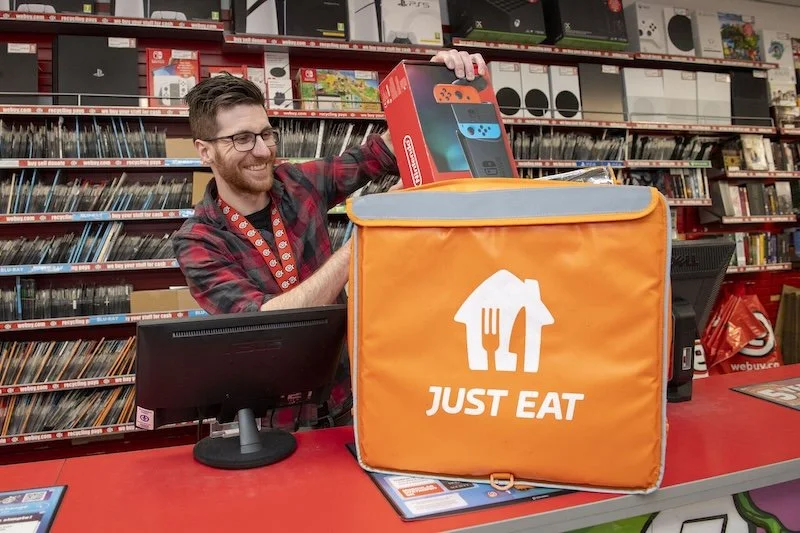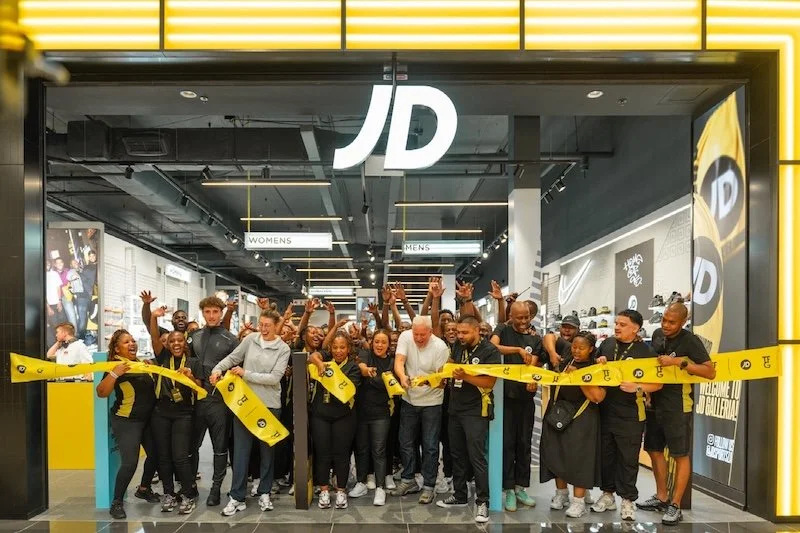Five ways to get customers stepping into stores
By Rob Shaw, MD, EMEA, Fluent Commerce
Retail is evolving, but this doesn’t need to spell doom and gloom. The reality is that the format of shopping has changed but people are still spending — it’s just where and how they do so that is shifting.
Increasing footfall to physical stores requires investment from local government to regenerate the environment and reimagine high streets as destinations for socialising, culture and work, opening them up to more people.
However, the biggest struggle for retailers is being too slow to change direction; newer players are winning because of their nimble structure and integration of newer technology — not unlike the difference between a speedboat versus an oil tanker attempting to change direction.
There is now a premium on time and convenience; people are busier than ever before, and taking time to visit a physical store isn’t something people are as willing to prioritise as often. Stores acknowledging this and adapting quickly are seeing greater success. Next, for example, offers next day delivery to homes and stores, ensuring shoppers get what they want when they want it.
JD Sports is another example where they have experienced increased revenues and profits points as a result of the impact of a multi-channel offering and their use of innovative digital technologies to get people through the door.
Here are five ways in which stores can encourage footfall by ensuring they are evolving to create a more sophisticated customer service that delivers a shopping experience that caters for the customers of today.
Give customers a reason to visit by complementing the shopping experience
Brands need to rethink how they connect and remain relevant in the minds of customers. With people craving unique, curated and immersive experiences, and 45% of consumers willing to pay more for a better retail experience, considering how you can make the retail experience more immersive is an important consideration for retailers.
Can you bring it to life with demonstrations of products, or invite others to collaborate or innovate within your space? Look for ways to offer sensory immersion and create human connections, and people will travel to a bricks and mortar store for the experience as well as the products.
High-end department store Selfridges, for example, features an indoor skate park, play-based experiences and in-store demos of products, while Samsung has opened experiential retail stores designed with a ‘playground’ area in which shoppers can interact with 4D VR technology and play with friends in a gaming lounge.
Utilise Click and Collect orders
Increasingly, shoppers are using Click and Collect services to cut time and reduce shipping charges; recent research found more than 70% of shoppers in the UK chose Click and Collect, selecting the option twice a month on average. This system gives customers control over when they receive their product and reduces delivery costs for them, but it also has business benefits for retailers.
Businesses not only save on delivery costs themselves, Click and Collect also drives foot traffic to the store and provides upsell opportunities. According to the ICSC, 69% of shoppers who went in-store to pick up an order bought an additional item.
“The biggest struggle for retailers is being too slow to change direction; newer players are winning because of their nimble structure and integration of newer technology — not unlike the difference between a speedboat versus an oil tanker attempting to change direction”
It is clear that retailers need to be capitalising on the rise of click-and-collect to ensure they are providing effective and efficient services for the consumer. Retailers’ e-commerce, inventory management and Point of Sale systems must be seamlessly integrated to facilitate this. A customer finding a website says an item is in stock, only for it not to be available when they arrive in store, will be left frustrated and unlikely to use that option again.
Alongside this, increasing numbers of consumers are demanding free online delivery, meaning retailers need to adopt this in order to win customers. This way, you can build brand loyalty while encouraging customers to enter the physical store to pick up their items.
Bring online and offline together
Shoppers increasingly expect a single experience when transitioning from online to offline. To ensure customers aren’t put off from entering a physical store, retailers must ensure that the customer buying experience is consistent across all channels; online, mobile, in-store and over the phone. This omnichannel experience means the customer will feel part of a reliable journey that they understand and feel familiar with.
Moreover, putting in place a commerce platform that unifies front and back end systems, and manages orders, customers and inventory, means data can be collected from all these processes and information delivered to customers efficiently and accurately.
Provide shoppers with better, more accurate information
Retailers can also automate omnichannel order orchestration to ensure optimum fulfilment. This allows customers to be provided with accurate delivery dates, keeping them in the loop with insight into when they will be able to receive their order.
Such systems allow retailers to automatically route orders to the best location to reduce delivery time or cost. Options such as splitting orders, or creating partial and drop shipments, can work to increase sales and deliver faster and more efficiently to an appropriate store for the customer to pick up.
Increase personalised buying experiences
With advertising increasingly being targeted and personalised through the use of data, shoppers need, more than ever before, to feel valued and that a product is relevant to them. However, gathering data is often difficult due to the amount of data that exists and the silos that separate it.
Combining different data sources into a single repository can give you a complete view of the customer across all channels and allow you to provide personalised marketing and merchandising accordingly. A 360-degree view of each customer better enables retailers to deliver personalised service and build a shopping experience tailored to what people want. Ultimately, if customers feel valued by a retailer, they will be more likely to step into the store.
By looking to hone the customer experience, retailers can provide consumers with more of a reason to choose them over competitors. Combined with this, the uses of technology can also help to cut costs and protect profit margins. Adapting to the evolving needs and expectations of customers means retailers can future proof themselves and secure long-term success while ensuring more customers step into their stores.










Continue reading…